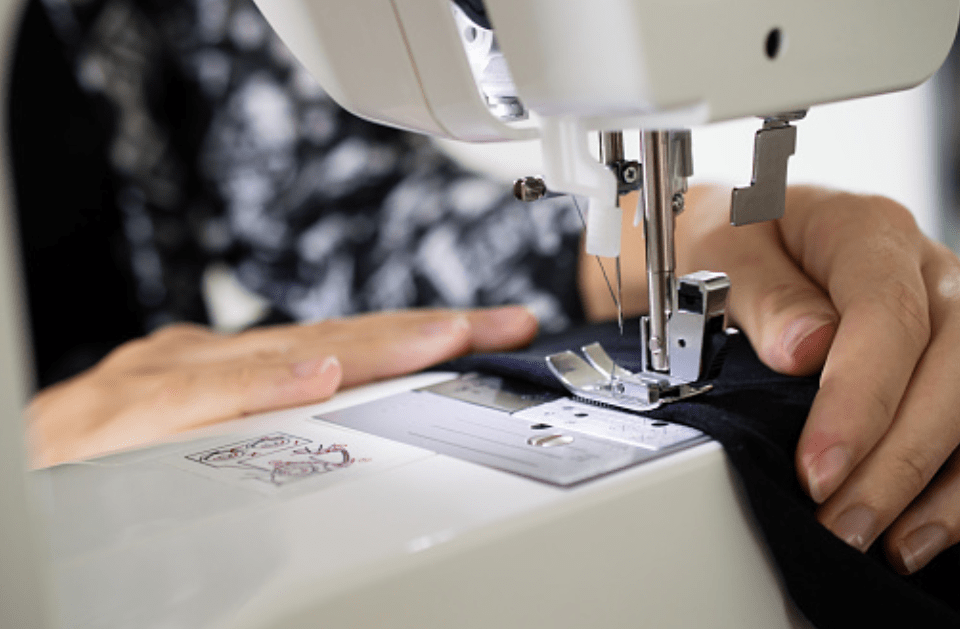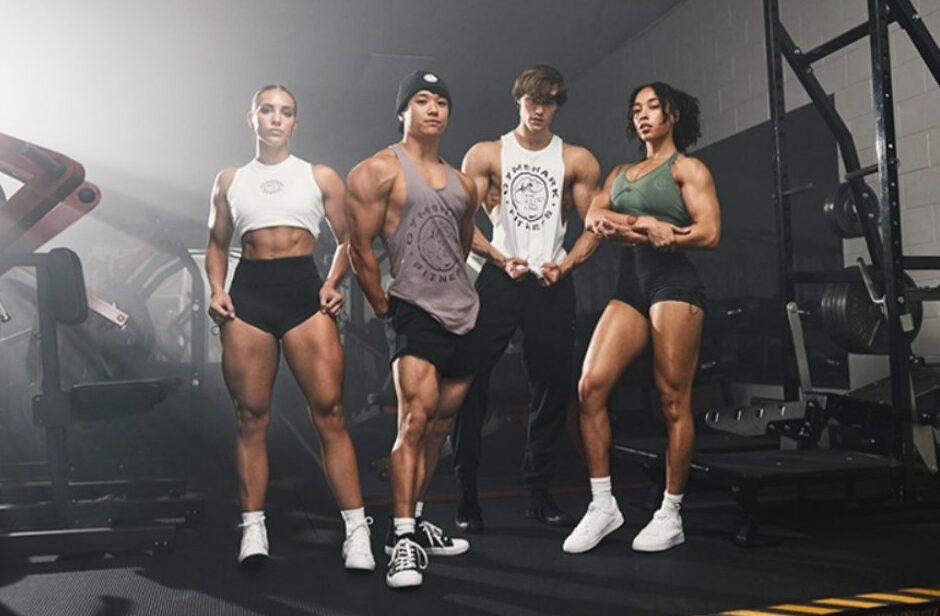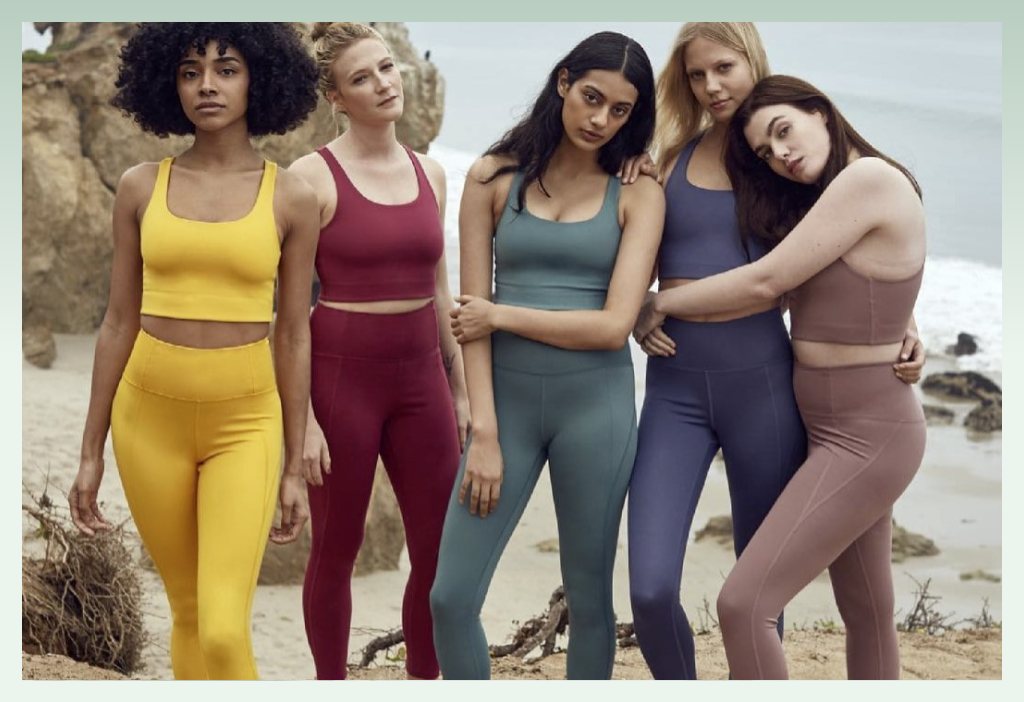When I first dipped my toes into the world of premium activewear, I was all about the sleek designs and high-performance features. But as I delved deeper, I realized that the materials we choose don't just affect our workouts—they impact our planet too. Embracing sustainable fabrics isn't just a trend; it's a responsibility we owe to ourselves and future generations.
Sustainable materials in premium activewear enhance performance by offering breathability, moisture-wicking, and durability while reducing environmental impact. Fabrics like organic cotton, bamboo, Tencel, and recycled polyester provide eco-friendly alternatives without compromising on quality or functionality.
As we navigate the evolving landscape of activewear, understanding the role of sustainable materials becomes crucial. Let's explore how these fabrics are reshaping the industry and what it means for brands and consumers alike.
How Do Sustainable Materials Elevate Performance in Premium Activewear?
Incorporating sustainable materials into activewear isn't just about being eco-conscious; it's about enhancing the wearer's experience. These fabrics offer unique properties that traditional materials often lack.
Sustainable fabrics like bamboo and Tencel are naturally breathable and moisture-wicking, keeping athletes comfortable during intense workouts. Recycled polyester provides durability and resilience, ensuring longevity. By choosing these materials, brands can offer high-performance gear that's both functional and environmentally friendly.
The Science Behind Sustainable Performance
When I first tried on a bamboo-fiber workout shirt, I was skeptical. Could something so soft really handle my intense training sessions? To my surprise, not only did it keep me dry, but it also resisted odors better than my synthetic gear.
Here's a breakdown of how some sustainable materials stack up:
| Fabric | Key Benefits | Ideal Use Cases |
|---|---|---|
| Bamboo | Breathable, antibacterial, moisture-wicking | Yoga, casual wear |
| Tencel (Lyocell) | Soft, durable, excellent moisture management | Running, high-intensity workouts |
| Recycled Polyester | Durable, retains shape, eco-friendly alternative to virgin polyester | Outdoor activities, gym sessions |
These materials don't just match the performance of traditional fabrics—they often surpass them. For instance, Tencel's closed-loop production process not only conserves water but also results in a fabric that's gentle on the skin and resistant to wear and tear.
What Sustainable Fabrics Should Premium Activewear Brands Consider?
Selecting the right fabric is pivotal for any activewear brand aiming for sustainability without compromising on quality.
Brands should consider organic cotton for its softness and breathability, bamboo for its rapid growth and minimal resource requirements, Tencel for its closed-loop production and moisture management, and recycled polyester for its durability and reduced environmental footprint.
Navigating Fabric Choices
I recall a conversation with a fellow designer who was torn between using organic cotton and recycled polyester for a new line. We weighed the pros and cons, considering factors like fabric feel, performance, and environmental impact.
Here's a quick guide:
-
Organic Cotton: Grown without harmful pesticides, it's gentle on the skin and the environment. Ideal for light workouts and leisurewear.
-
Bamboo: Fast-growing and requires minimal water. Its natural antibacterial properties make it perfect for hot yoga sessions.
-
Tencel: Produced from sustainably sourced wood pulp, it's both eco-friendly and high-performing.
-
Recycled Polyester: Gives a second life to plastic bottles, offering durability and moisture-wicking properties suitable for intense workouts.
By understanding the unique benefits of each fabric, brands can make informed decisions that align with their sustainability goals and customer expectations.
How Can Brands Balance Sustainability with Luxury in Activewear?
Merging eco-consciousness with luxury might seem challenging, but it's entirely achievable with the right approach.
Brands can maintain a luxurious feel by selecting high-quality sustainable fabrics, investing in refined designs, and ensuring meticulous craftsmanship. Emphasizing storytelling around sustainability can also enhance the perceived value and exclusivity of the products.
Crafting Sustainable Luxury
I once attended a launch event for a premium activewear line that boasted both sustainability and luxury. The garments were made from Tencel and organic cotton blends, featuring minimalist designs and impeccable stitching. The brand's narrative centered around eco-conscious living without sacrificing style.
Key strategies include:
-
Material Selection: Opt for fabrics that feel luxurious to the touch, like bamboo silk or Tencel blends.
-
Design Excellence: Focus on timeless designs that exude elegance and functionality.
-
Transparent Storytelling: Share the journey of the product—from sourcing to production—to build trust and connection with consumers.
By intertwining sustainability with luxury, brands can cater to a niche market that values both ethics and aesthetics.
What Challenges Do Brands Face in Integrating Sustainable Fabrics?
Transitioning to sustainable materials isn't without hurdles. Brands often encounter issues related to cost, supply chain complexities, and consumer perceptions.
Challenges include higher costs of sustainable materials, limited availability, potential performance trade-offs, and the need for consumer education. Overcoming these requires strategic planning, supplier partnerships, and transparent communication.
Overcoming Obstacles
During a panel discussion, a brand owner shared their struggle with sourcing consistent quality in sustainable fabrics. They emphasized the importance of building strong relationships with suppliers and investing in research and development.
Considerations for brands:
-
Cost Management: While sustainable materials may be pricier, bulk purchasing and long-term contracts can mitigate expenses.
-
Supply Chain Transparency: Collaborate closely with suppliers to ensure ethical practices and consistent quality.
-
Consumer Education: Use marketing channels to inform customers about the benefits and reasons behind the shift to sustainable materials.
By proactively addressing these challenges, brands can smoothly transition to more sustainable practices.
Why Is Embracing Sustainability Crucial for the Future of Premium Activewear?
The demand for sustainable products is not just a passing trend—it's a reflection of a global shift towards environmental responsibility.
Embracing sustainability positions brands as forward-thinking and responsive to consumer values. It ensures long-term relevance, opens up new market opportunities, and contributes positively to the planet.
Looking Ahead
Reflecting on industry trends, it's evident that consumers are increasingly prioritizing sustainability in their purchasing decisions. Brands that adapt to this shift not only meet current demands but also pave the way for future innovations.
Benefits of embracing sustainability:
-
Market Differentiation: Stand out in a crowded market by showcasing commitment to the environment.
-
Customer Loyalty: Build trust with consumers who value ethical practices.
-
Regulatory Compliance: Stay ahead of potential regulations targeting environmental impact.
Incorporating sustainable materials is more than an ethical choice—it's a strategic business decision that aligns with the evolving landscape of consumer expectations and environmental considerations.
Conclusion
Sustainable materials are redefining premium activewear, offering a harmonious blend of performance, luxury, and environmental responsibility. By embracing these fabrics, brands can lead the charge towards a more sustainable and stylish future.





